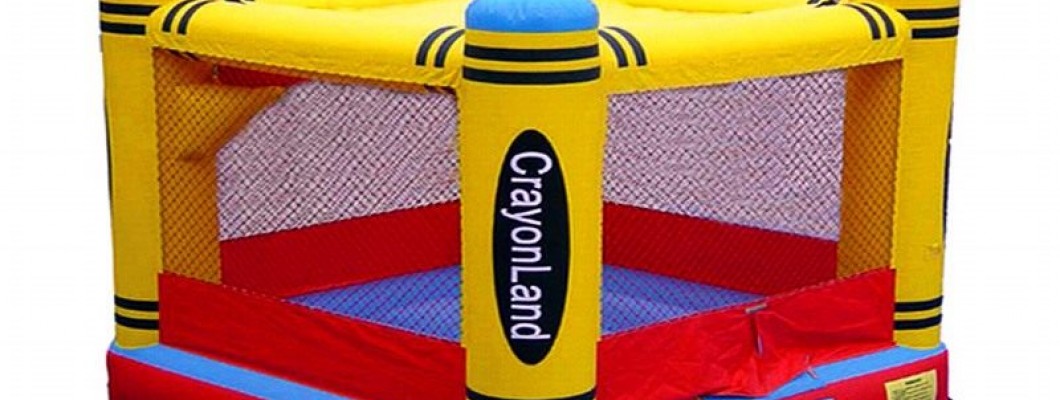
Dealing with mold in a bounce house is not just a matter of cleanliness. Mold can directly impact the durability and lifespan of the structure. Whether you're renting out bounce houses or using one for personal events, mold damage can cut short the useful life of the unit. Let’s dive into how mold impacts bounce houses and whether it shortens their lifespan.
1. Mold Weakens the Material Over Time
Mold thrives in damp environments, and if a bounce house isn't dried properly after use, it can become a breeding ground for mold. This growth weakens the material:
- Degradation of fabric: Mold can deteriorate the vinyl or PVC material that bounce houses are made from, making them less durable and more prone to tears.
- Permanent damage: If left untreated, the mold can cause irreversible damage to the surface, reducing the bounce house’s ability to maintain air pressure and structural integrity.
2. Shortened Lifespan Due to Deterioration
The presence of mold not only affects the visual appearance of a bounce house but also shortens its overall lifespan. Here’s how:
- When mold grows, it can break down the bonds in the fabric, causing small holes or weak points that lead to leaks or sudden air loss.
- Mold stains can permanently damage the material, even if cleaned, and these areas become more susceptible to further tearing and cracking over time.
In severe cases, mold damage can reduce the lifespan of a bounce house by several years if not addressed immediately.
3. Structural Damage and Reduced Performance
Mold doesn’t just affect appearance—it compromises the bounce house’s performance. As mold weakens the material:
- The bounce house may no longer hold air properly, leading to sagging and reduced bounciness.
- Over time, repeated stress on weakened areas caused by mold can result in larger rips, making the bounce house unsafe to use.
4. How to Prevent Mold from Affecting Your Bounce House’s Lifespan
Prevention is key when it comes to protecting a bounce house from mold damage:
- Dry thoroughly: After every use, make sure the bounce house is fully dried, especially if it’s been exposed to rain or humidity. Pay extra attention to folds and seams where moisture can collect.
- Store in a dry area: Always store the bounce house in a cool, dry place. Avoid leaving it in a damp environment, such as a basement or garage, without proper ventilation.
- Regular cleaning: Clean the bounce house regularly, using mold inhibitors or cleaners specifically designed for inflatables. Early cleaning prevents spores from growing into full mold infestations.
5. Ignoring Mold Leads to Expensive Replacements
If mold growth is not addressed quickly, the cost of repairing or replacing sections of a bounce house can quickly add up. Eventually, if the mold damage is too extensive, you might have to replace the entire structure. This makes proactive care essential in extending its lifespan.
Conclusion
Mold in a bounce house does more than make it unsightly—it can significantly shorten its lifespan by weakening the material, reducing its structural integrity, and making it unsafe to use. By taking preventive measures like thorough drying, proper storage, and regular cleaning, you can keep mold at bay and ensure your bounce house lasts for years to come.

Leave a Comment